15 Effective Dog Training Habits For Building A Stronger Bond
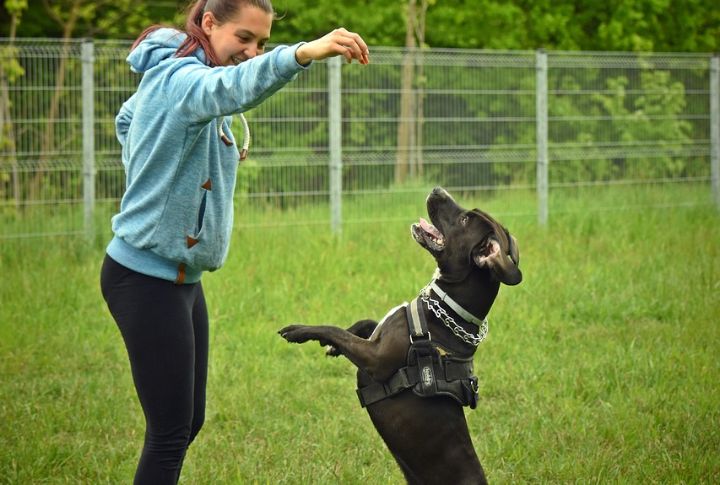
Every interaction teaches your dog something—even the unintentional ones. That’s why building good training habits matters. The way you speak, touch, or respond shapes behavior over time. And when those habits reflect patience and clarity, your dog responds with confidence. So, let’s take a look at 15 habits that help training feel more like bonding than correction.
Use Consistent Cue Words
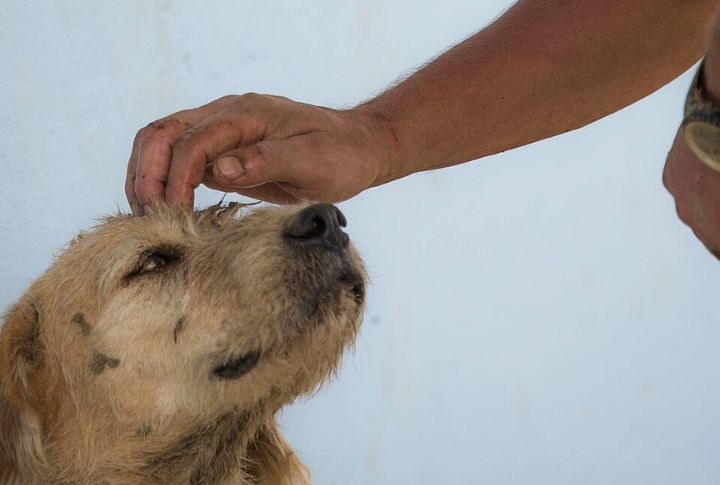
Ever notice how dogs get confused when we say things differently? Using the same word for a specific action every time helps them catch on quicker. Just say it once, and then show them what you mean. Think of commands as tools that work best if they are simple and easy to understand.
Reward Calmness In Everyday Situations
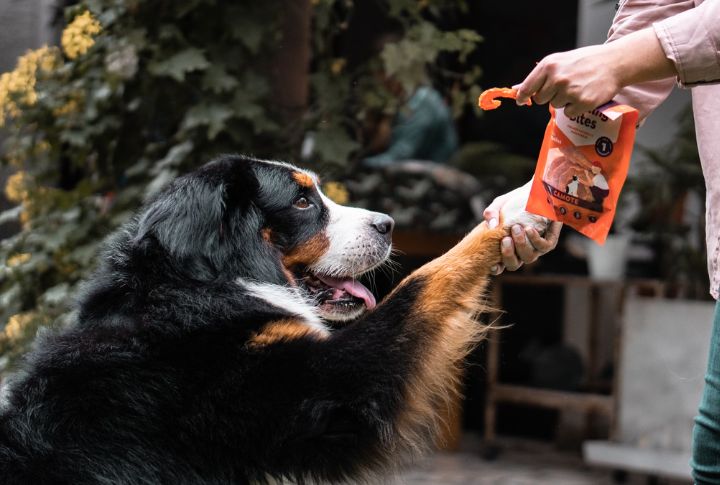
Reinforcing calm behavior is essential in canine training because it teaches dogs to manage impulses and stay relaxed. This reduces unwanted reactions, making them easier to handle. Therefore, whenever your dog remains composed during distractions like a noisy delivery or after play, promptly reward it to strengthen self-control.
Provide A Clear Environmental Structure
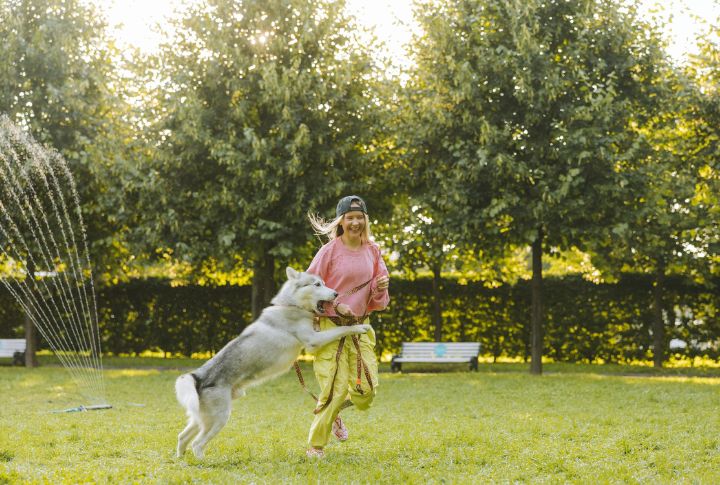
Establishing a routine is critical for canine behavioral health. Regular patterns like fixed feeding schedules, walking times, and rest periods create environmental predictability that minimizes anxiety. Meanwhile, inconsistent daily structures have been linked to increased frustration and aggression. That’s why routine serves as a behavioral anchor for dogs at all developmental stages.
Practice Strategic Ignoring
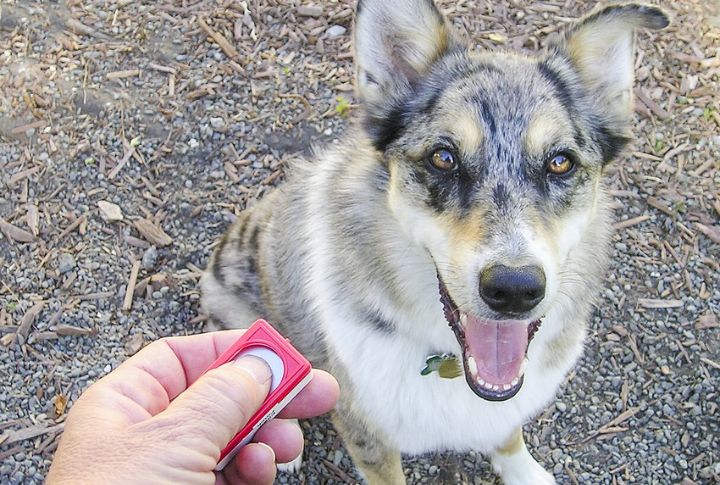
In training, silence often speaks louder than words. One’s reaction may unknowingly validate a dog seeking attention through barking or jumping. That’s why stepping back or turning away sends a clear message without words. If used gently, these silent actions can teach more effectively than commands alone.
Redirect Unwanted Energy
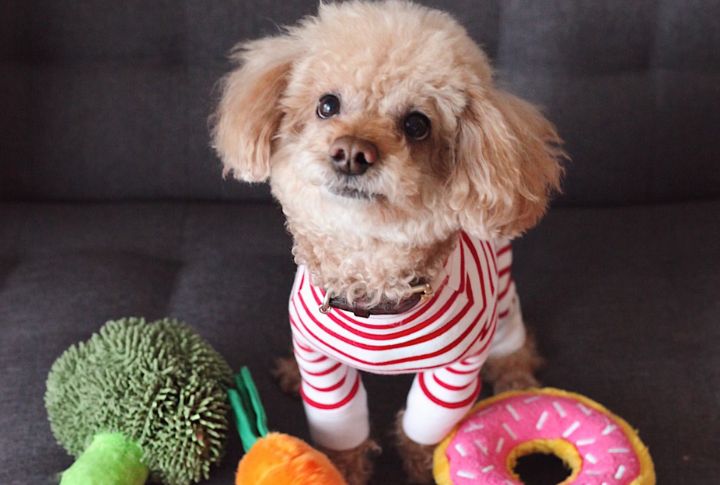
Got a pup who chews the couch whenever they get too excited? Try redirecting that energy somewhere else. You can do it by handing a toy instead, as it teaches what’s acceptable without scolding. This technique is commonly used with service dogs. Trainers interrupt the behavior, redirect it appropriately, and reward the desired response.
Reinforce Eye Contact As Grounding
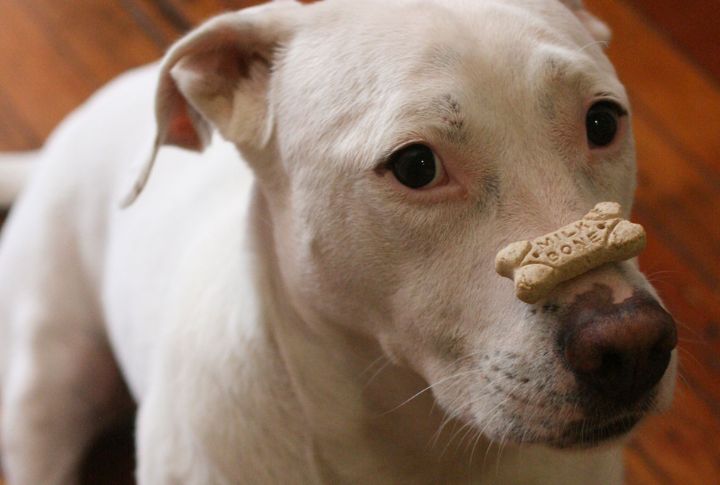
Soft eye contact fosters trust and strengthens the human-canine bond. This gentle expression signals non-threatening intent, which creates a sense of safety and emotional attunement in dogs. When a dog makes eye contact, reinforcing it promotes attentiveness. Far from dominance, it reflects cooperative communication rooted in trust and mutual understanding.
Shape Behavior Through Successive Steps
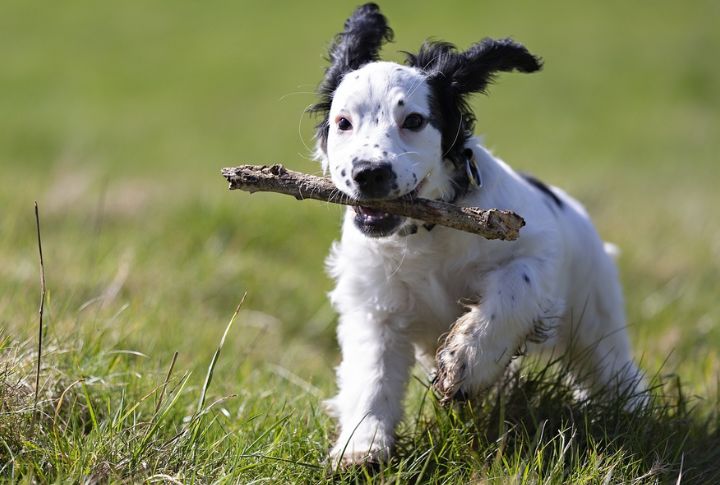
Shaping is a method where a dog is gradually guided toward a desired behavior by encouraging progressive steps. For instance, teaching a dog to fetch can begin with rewarding a glance at the toy, then touching it, and finally picking it up. Such step-by-step reinforcement accelerates learning, as seen in both dogs and dolphins.
Build Engagement With Structured Play
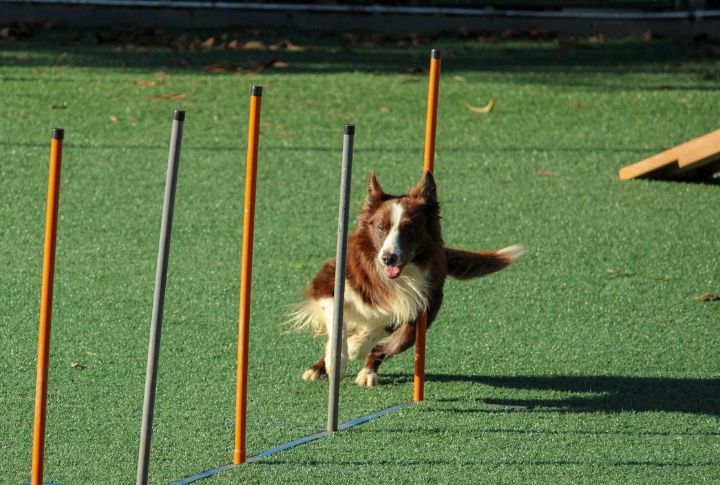
Playtime isn’t just about having fun; it’s a great way to train dogs! Games like tug or fetch, when you set some ground rules, help them learn to control their impulses and take turns. Always be the one to start and stop the game so the pup knows the boundaries.
Implement Quiet Exits During Conflict
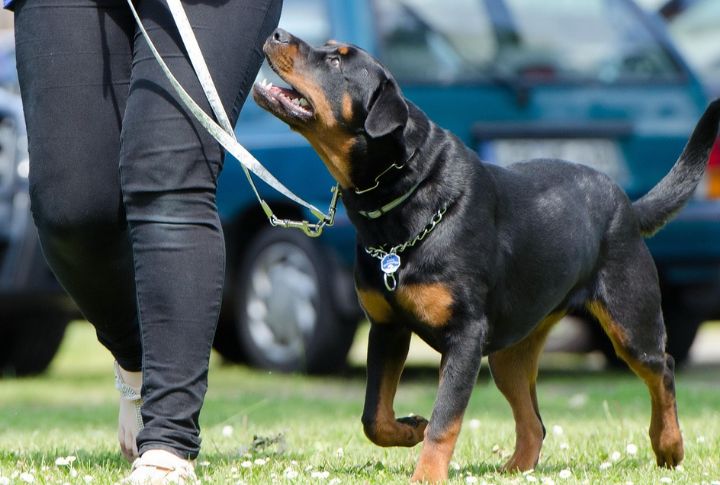
When tensions rise, calmly removing yourself from the situation sends a clear message that chaos isn’t tolerated. This form of negative punishment works by withdrawing the social reward—attention—that the behavior seeks. By quietly stepping away, you demonstrate that calmness invites engagement, while disruptive behavior does not.
Train With Low-Arousal Environments First
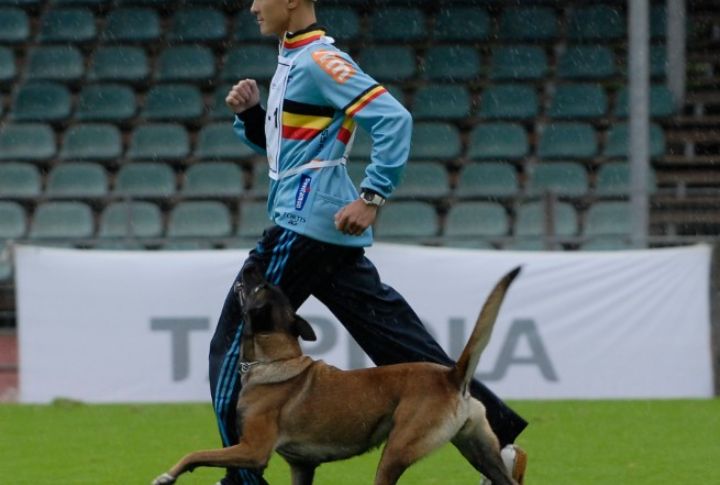
Keep the teaching space peaceful and distraction-free at first so your pet can concentrate. Studies show distractions tend to slow learning in dogs. Once they get the hang of the basics, you can slowly add distractions. Remember, building a strong foundation before adding challenges is key to success.
Apply Time-Based Reward Windows
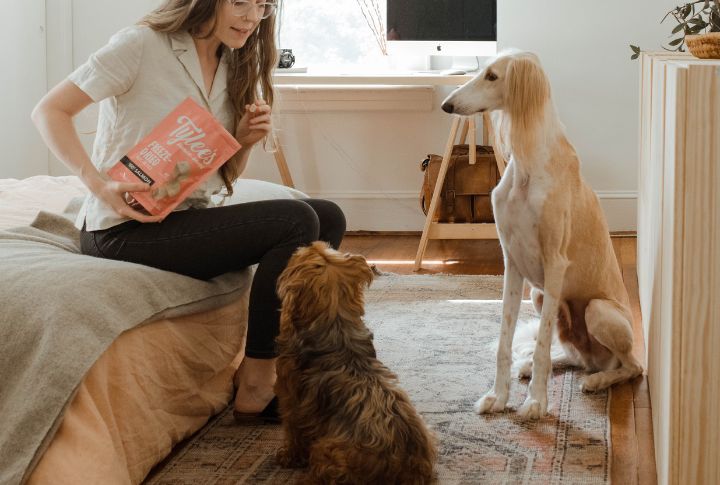
Timing is critical in practical dog training. Rewards must be given within seconds to strengthen responses, especially for puppies with short attention spans. Delayed praise causes confusion because they struggle to link acknowledgment and action. So, keep treats accessible to provide immediate feedback and speed up learning.
Create Predictable Feedback Patterns

To help pooches learn well, feedback needs to be consistent and reliable. If you keep changing the way or timing of the responses, your pup can get confused. Dogs do best with clear and steady communication, and mixed signals slow down their progress. Therefore, stay predictable so they know what to expect.
Introduce Delayed Gratification Exercises

Waiting is a learned skill that reduces lunging and impulsive actions. Teaching a dog to wait before meals or at doorways before exiting helps develop impulse control. This practice enhances conduct in public settings and is especially beneficial for puppies, who learn patience early if trained well.
Use Neutral Touch For Communication

Touch is a great way to bond with your pooch, but timing’s everything. Petting a dog gently when they’re calm feels soothing, but if they’re anxious, touching them too much can stress them out. When done right, touch builds trust. For example, a gentle lean means they want to connect, so stay calm and respond.
Observe And Respond To Stress Signals

Actions such as lip licking or turning away indicate discomfort rather than boredom. Dogs seldom growl without first showing subtle stress cues. Identifying these early signs allows you to modify your approach proactively. Animal specialists widely use this technique to build trust and prevent conduct problems.






